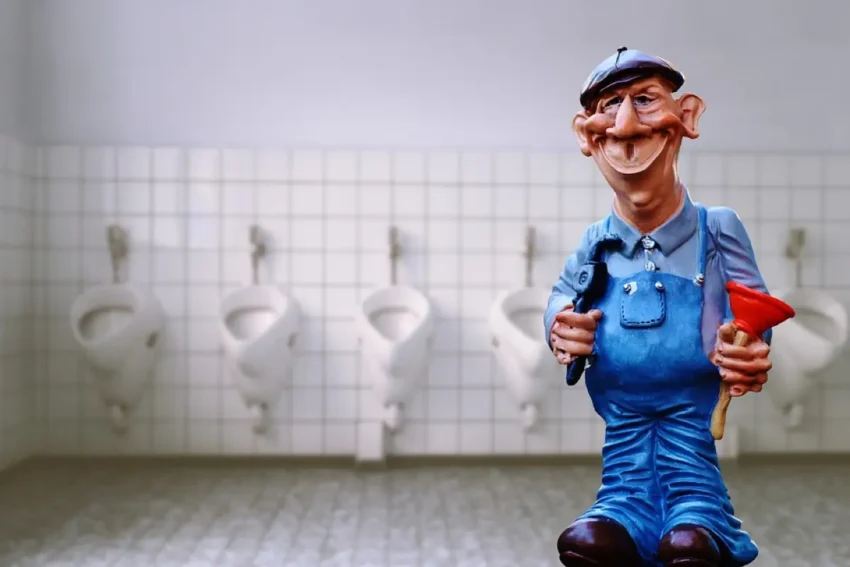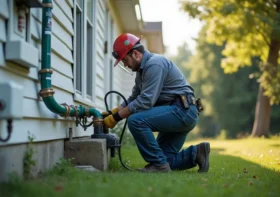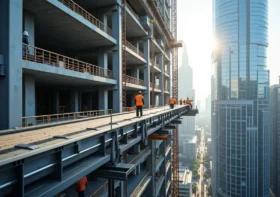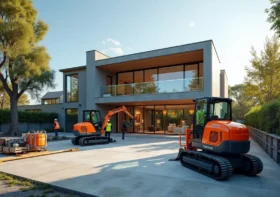Identifying Different Types of Water Issues and Practical Fixes

Water is vital for life, but it can be a source of significant problems when not properly managed. Issues with water can arise in many forms, leading to potential damage, health concerns, and costly repairs. Understanding the various types of water issues that can occur in homes and businesses is crucial for preventing further complications.
The following sections delve into eight common water issues, their causes, and practical solutions to address them effectively. By arming yourself with knowledge about these problems, you can protect your property and ensure a safer living environment.
Contents
Leaky Pipes
Leaky pipes are one of the most prevalent water issues encountered in households. These leaks can be a result of aging infrastructure, corrosion, or even temperature fluctuations. A dripping faucet or a slow leak can lead to significant water waste, potentially increasing water bills and causing damage to walls and ceilings. In severe cases, undetected leaks can lead to mold growth and structural issues within your home.
Various resources detail the types of water leaks and how to fix them effectively, allowing homeowners to take swift action before issues escalate. To identify if you have a leaky pipe, check for water stains, damp spots, or the sound of dripping water when everything is turned off. If caught early, minor leaks can often be fixed with some tape or a patch, but significant issues may require replacing sections of pipe.
Flooding
Flooding can occur due to heavy rain, overflowing rivers, or even plumbing failures. Any sudden influx of water can cause extensive damage to your property, from ruined flooring to damaged foundations. It is crucial to act quickly in the event of flooding; the longer water remains in your home, the more significant the damage can become.
Begin by ensuring your safety and securing the area, then remove any valuables and belongings that could be at risk. Once the immediate danger has passed, consider calling in professionals to help with water extraction and damage assessment. Preventative measures can be taken, such as installing sump pumps or ensuring proper drainage around your property, to mitigate future flooding risks.
Condensation Issues
While it might not be as apparent as a leaky pipe, condensation can lead to serious problems over time. This common issue arises when warm, moist air comes into contact with cooler surfaces, leading to water droplets forming on walls, windows, and pipes. This buildup can develop into mold and mildew, presenting health risks to occupants, particularly those with respiratory issues.
To combat condensation issues, ensure proper ventilation in your home. Utilizing exhaust fans in bathrooms and kitchens and opening windows can significantly help reduce humidity levels. Installing insulation can prevent surfaces from getting too cold, thereby minimizing condensation formation. For persistent problems, a dehumidifier can effectively control indoor moisture levels and improve air quality.
Clogged Gutters
Clogged gutters can lead to significant water-related problems if not regularly maintained. When gutters become blocked with leaves, dirt, and debris, rainwater cannot flow properly away from the house, leading to overflow and potential foundation problems. The excess water may pool around your home’s base, causing erosion and even leaking into the basement or crawlspace.
To prevent clogged gutters, regular cleaning and maintenance are important. Homeowners should inspect their gutters at least twice a year and clear them of any blockages. Additional measures, such as installing gutter guards, can help keep debris out, allowing water to flow freely. Taking the time to maintain gutters can save property owners from costly repairs in the long run.
Sump Pump Failures
Sump pumps play a critical role in waterproofing basements and mitigating flooding risks. When functioning correctly, these devices divert water away from your foundation, preventing water buildup. If a sump pump fails due to mechanical issues, power outages, or even improper installation, it can lead to significant consequences, including flooding and water damage.
Regular maintenance checks are vital to ensure your sump pump is in working order. Homeowners should inspect their sump pumps biannually, ensuring they are clean and fully operational. Testing the pump by pouring water into the basin can confirm it activates and functions correctly. If issues persist, consultation with a professional plumber can help identify underlying problems and necessary repairs.
Running Toilets
A running toilet can be an annoyance. However, it can lead to excessive water waste and increased utility bills. Common causes of this issue include faulty flapper valves or broken fill valves. When these components fail, water continually flows into the bowl, consuming resources unnecessarily. The first step in resolving this issue is to inspect the toilet for any visible issues while listening for the sound of constantly running water.
Fixing a running toilet may be as simple as replacing a faulty flapper or an entire toilet tank mechanism. In rarer cases, more extensive plumbing repairs may be necessary. Addressing this issue promptly ensures your restroom operates efficiently.
Poor Drainage
Inefficient drainage around your property can lead to a myriad of water issues, as improper water flow can lead to pooling and saturation of the ground. This situation can expose your foundation to water damage and erosion, leading to cracks and structural concerns. Poor drainage is often a result of improperly graded landscaping, blocked drainpipes, or issues with local drainage systems.
Property owners can improve drainage by ensuring that surfaces are appropriately sloped and that any blockages in drainpipes are resolved promptly. Installing French drains or channel drains can help direct water away from vulnerable areas. By taking a proactive approach to drainage issues, homeowners can prevent long-term structural damage and enhance the longevity of their properties.
Water Heater Problems
Water heaters are important for providing hot water for daily use, but they can be a source of water issues if not maintained properly. Signs of trouble can include leaks, inconsistent heating, or unusual noises, all of which can indicate underlying problems that require attention. Regular maintenance, such as flushing the water heater to remove sediment, can help prolong its life and efficiency.
If a leak is detected around the unit, it may indicate a more severe problem, such as corrosion or a failed component. In such cases, contacting a professional plumber for an assessment and repair is crucial. Ensuring your water heater operates efficiently enhances comfort within your home.
All these issues present significant challenges but can be managed through proactive measures and diligent maintenance. By being vigilant about the signs of water problems and taking prompt action, homeowners can protect their properties and preserve their comfort. Regular assessments help ensure that potential issues are addressed before they escalate into costly repairs, fostering a safer and healthier living environment.



